The Ira Smith Team is totally operational and both Ira and Brandon Smith are here for a telephone consultation, conference calls and virtual meetings.
Keep healthy and safe everybody.
Introduction
The COVID-19 pandemic has upended our world. Everyone is scared, has many questions and there is a lot of misinformation out there. So many businesses have shut down and do not know if they will ever be able to start up. As a licensed insolvency trustee Toronto, I fully understand the fear and panic that has set in.
First, I hope you and your family are safe and healthy. The purpose of this Brandon’s Blog is to show a newfangled business restructuring approach that recently occurred in the United States. As far as I can tell, there is no reason why this kind of restructuring plan could not work in Canada also.
Modell’s Sporting Goods, Inc. et al Chapter 11 bankruptcy proceedings
On March 12, 2020, U.S. Bankruptcy Court District of New Jersey Judge Victor Papalia issued the Order approving the Chapter 11 bankruptcy protection application of Modell’s Sporting Goods, Inc. and related companies (Modell’s) filed on March 11.
Modell’s is America’s oldest, family-owned ran store of sporting products, athletic footwear, active clothing and fan gear. It was founded in 1889 by Morris A. Model. The initial Modell’s store was located on Cortlandt Road in lower Manhattan, New York City. Four generations of the Modell household have run and grown the family company into a chain of over 150 stores throughout the Northeast.
Mitchell Modell, the company’s CEO and President said the company’s poor financial performance resulting in the Chapter 11 bankruptcy protection filing was because of many reasons, including:
- unseasonably warm winter season;
- six fewer days in the shopping season this year between Thanksgiving and Christmas;
- competition from Amazon;
- the futility of NYC’s sports franchises business like the Knicks, Jets and Giants has not helped either; and
- the coronavirus pandemic
I personally doubt the losing records of the local sports franchises was a reason for Modell’s failure. How many years were the Toronto Maple Leafs awful but you always saw lots of Leaf fans with jerseys, caps and flags?
The novel court Order
On March 27, 2020, the Honourable Justice Papalia granted Modell’s court application making an order providing for both a bankruptcy suspension and an operational suspension. The bankruptcy suspension froze the bankruptcy protection proceedings until April 30, 2020 (the Suspension Period). The operational suspension, allows Modell’s to shut down all stores and not operate. The judge also gave Modell’s the right to apply on short notice to the court to extend the Suspension Period. The order went on to state the stay of proceedings is in effect during the suspension.
Novel times call for novel solutions. As part of their application, Modell’s filed a modified budget to indicate what sources of cash it would have and what expenditures it would pay during the Suspension Period. It also indicated what expenditures were being incurred, but not paid. Commercial rent on all of its stores was one of the items being accrued, but not paid.
The reason Modell did not include any commercial rent payments in its modified budget was simple. They had to close down all of their stores as a result of the coronavirus pandemic. Stores closed means no sales. They were not going to pay rent on stores that were not generating cash.
The court order approved the modified budget. It also confirmed that the only payments that Modell’s would make were those indicated as essential. The company deemed payments to all of its landlords as non-essential. The court order did indicate that the accrued but unpaid expenditures were not and were not deemed to be waived or not payable at some time.
Pier 1 Imports took a page from the Modell playbook
In February 2020, Pier 1 Imports, Inc. (Pier 1) filed for Chapter 11 bankruptcy protection as part of looking for a buyer of its operations. It then closed all of its stores in Canada and many in the United States.
On Tuesday, March 31, 2020, following the Modell’s precedent, sent a request to the U.S. Bankruptcy Court for the Eastern District of Virginia to temporarily stop paying commercial rent on its retail locations along with certain payments to suppliers, shippers, and distributors.” Pier 1 has now had to shutter all of its shops as a result of the COVID-19 outbreak.
Judge Kevin Huennekens throughout the hearing provided approval of these activities while allowing for it to be reassessed each month. Judge Huennekens additionally provided authorization to hold off on any motions anyone other than Pier 1 may wish to file up until at the very least 45 days after Pier 1 returns to normal operations and payments.
Could this happen in Canada?
So the question is, could an insolvency trustee Toronto help a company get this newfangled Modell’s/Pier 1 precedent happen in a Canadian bankruptcy protection restructuring? Right now landlords are reeling from their commercial tenants telling them that rent for April is not going to be paid due to the business closures. No doubt this will be the same story for every month that the closures continue.
Most landlords should be willing to work with their tenants. The reason behind the non-payment is from forces outside of everyone’s control. But what if a commercial landlord plays hardball. Can a Canadian company file for bankruptcy protection in Canada and obtain a Court order approving the non-payment of rent?
The two corporate restructuring statutes in Canada are the Part III Division I section of the Bankruptcy and Insolvency Act (Canada) (BIA) and the Companies’ Creditors Arrangement Act (CCAA).
There are no express provisions in either statute to invoke a bankruptcy or operational suspension. In fact, the opposite is true. In either a restructuring or liquidation, rent is calculated on a per diem basis for as long as the company in a restructuring or the insolvency trustee Toronto in a corporate bankruptcy, is using the premises. Fairness is part of the Canadian insolvency landscape. There are years of cases on this issue and they all end up the same. If you are in occupation, the rent must be calculated and ultimately paid.
However, there are two similar sections in each of the BIA and CCAA. Section 183(1) of the BIA reads as follows:
“183 (1) The following courts are invested with such jurisdiction at law and in equity, as will enable them to exercise original, auxiliary and ancillary jurisdiction in bankruptcy and in other proceedings authorized by this Act…”.
The words “auxiliary and ancillary” has been interpreted by the courts to mean that the bankruptcy court in each province has the jurisdiction to sanction and authorize all acts required to be done for the proper administration of the Canadian insolvency system. This holds whether it is a bankruptcy protection filing or outright bankruptcy.
The CCAA offers more flexibility in a bankruptcy protection corporate restructuring than the BIA does. In general, the Court will reach its decisions in a CCAA restructuring on the basis of fairness and reasonableness. The court needs to be concerned that what is being proposed is not illegal and there are cogent reasons as to why what is being proposed serves to benefit all or the majority of creditors affected by the restructuring.
The CCAA, therefore, offers more judicial discretion than the BIA. Courts err on the side of giving the CCAA statue a large and liberal interpretation. The court supervising a CCAA restructuring will exercise its equitable jurisdiction. The application of equitable jurisdiction can be interpreted to mean equity considers done what ought to be done.
The judge in a CCAA bankruptcy protection case overseeing the CCAA proceeding is in a unique position. He or she is in the best position to determine whether or not an agreement should be suspended in the face of overly aggressive creditors who if allowed to act, would upend the entire CCAA process. Finally, Section 11 of the CCAA allows a judge to “…make any order that it considers appropriate in the circumstances.”.
So, to answer the question as to whether a Modell’s or Pier 1 type order could be made under a BIA or CCAA corporate restructuring in Canada, my answer would have to be yes. It is possible. I don’t believe it could be gotten on a regular basis, but, in this COVID-19 pandemic world, I can see it being obtained in the face of an aggressive and uncooperative commercial landlord. It would, of course, be uncommon, but these are unique times.
So the answer for a large Canadian retailer facing an unreasonable and aggressive landlord when the commercial rent is not being paid may be to file for bankruptcy protection under either the BIA or CCAA, as appropriate.
Insolvency trustee Toronto summary
The Ira Smith Team family hopes you and your family are staying safe, healthy and well-balanced. Our hearts go out to every person who has been affected either through inconvenience or personal family tragedy.
We are all citizens of Canada and we have to coordinate our efforts to stop the spread of the coronavirus. Social distancing and self-quarantining are sacrifices that are not optional. Family members are literally separated from each other. We look forward to the time when things can return to something close to normal and we can all be together again physically.
Ira Smith Trustee & Receiver Inc. has always employed clean and safe habits in our professional practice and continues to do so.
Revenue and cash flow shortages are critical issues facing entrepreneurs and their companies and businesses. Should you take advantage of the CEBA? I say a resounding YES!. I just wanted to highlight all of the issues that you should consider.
If anyone needs our assistance, feel confident that Ira or Brandon can still assist you. Telephone consultations and/or virtual conferences are readily available for anyone feeling the need to discuss their personal or company situation.
Are you now worried just how you or your business are going to survive? Those concerns are obviously on your mind. This pandemic situation has made everyone scared.
The Ira Smith Team understands these concerns. More significantly, we know the requirements of the business owner or the individual that has way too much financial debt. You are trying to manage these difficult financial problems and you are understandably anxious.
It is not your fault you can’t fix this problem on your own. The pandemic has thrown everyone a curveball. We have not been trained to deal with this. You have only been taught the old ways. The old ways do not work anymore. The Ira Smith Team makes use of new contemporary ways to get you out of your debt problems while avoiding bankruptcy. We can get you debt relief now.
We look at your whole circumstance and design a strategy that is as distinct as you are. We take the load off of your shoulders as part of the debt settlement strategy we will draft just for you.
We understand that people facing money problems require a lifeline. That is why we can establish a restructuring procedure for you and end the discomfort you feel.
Call us now for a no-cost consultation. We will listen to the unique issues facing you and provide you with practical and actionable ideas you can implement right away to end the pain points in your life, Starting Over, Starting Now.
The Ira Smith Team is totally operational and both Ira and Brandon Smith are here for a telephone consultation, conference calls and virtual meetings.
Keep healthy and safe everybody.

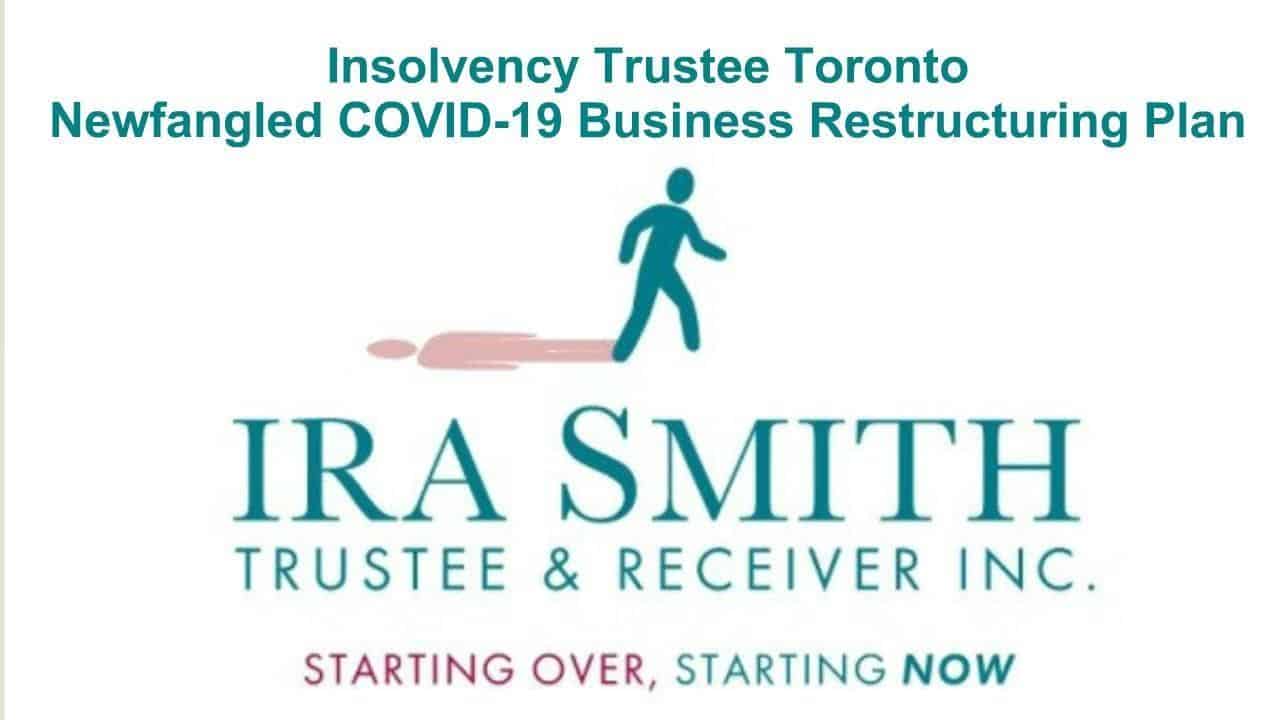
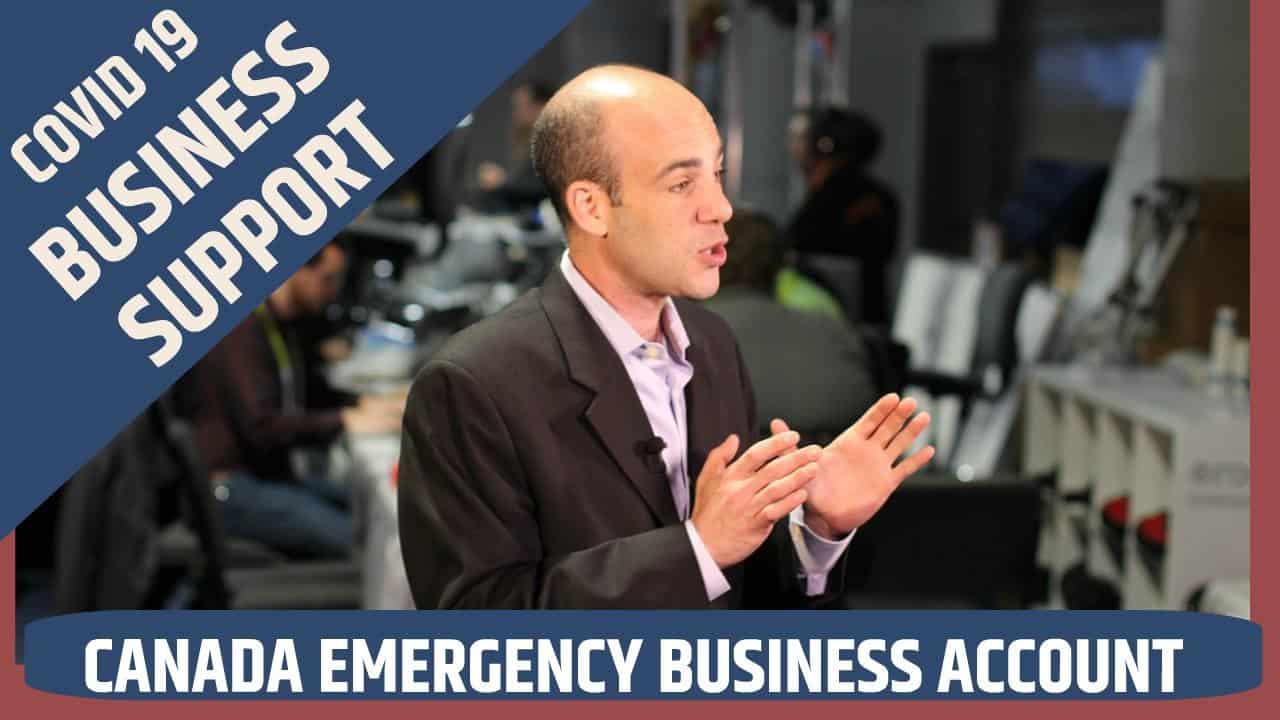
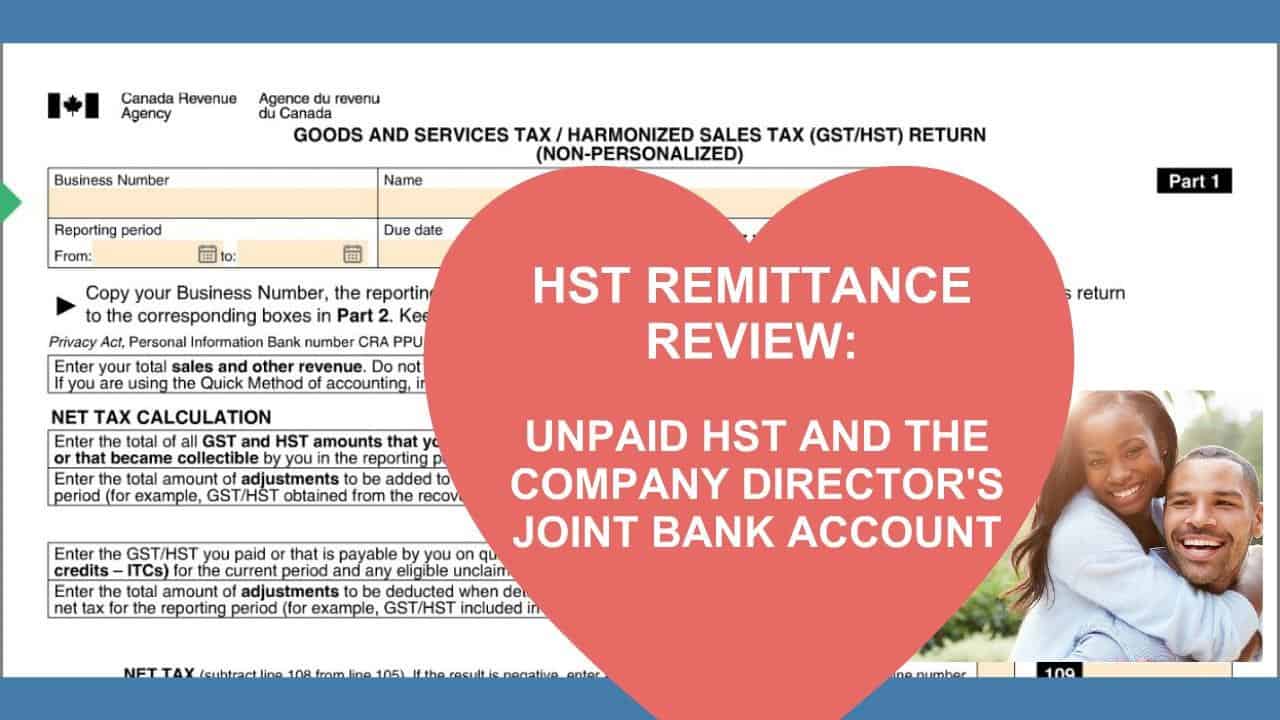
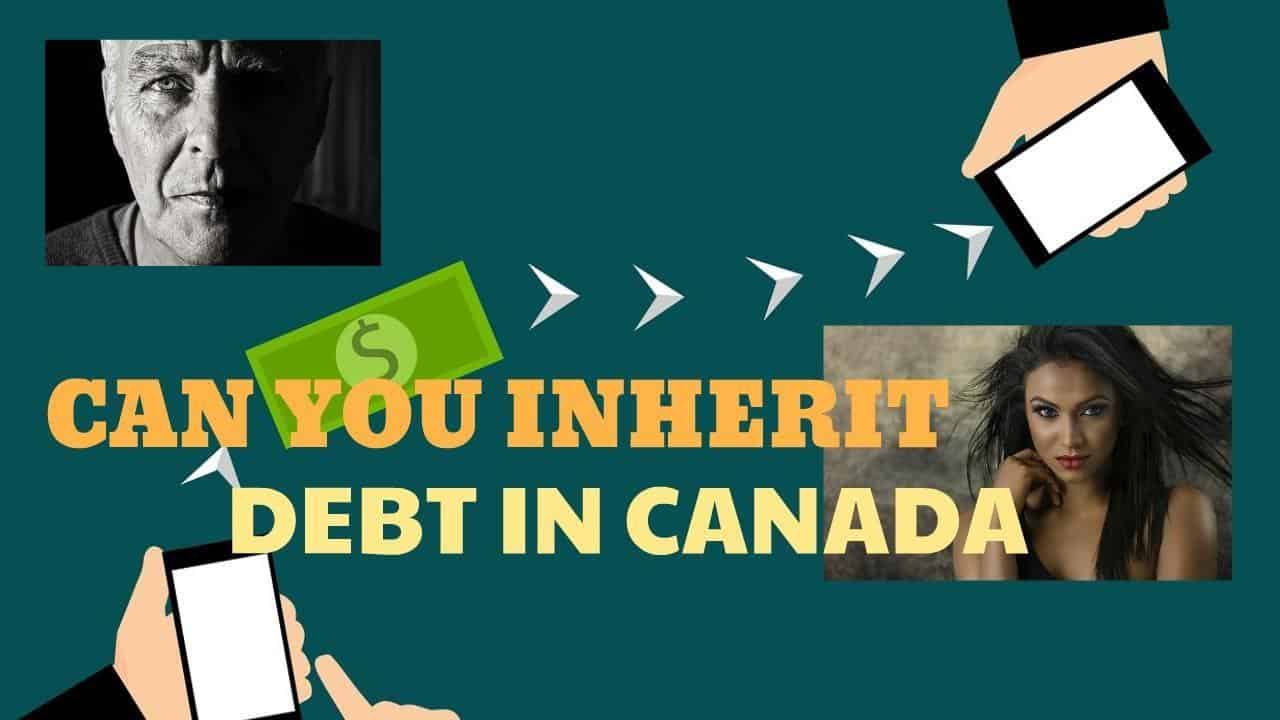

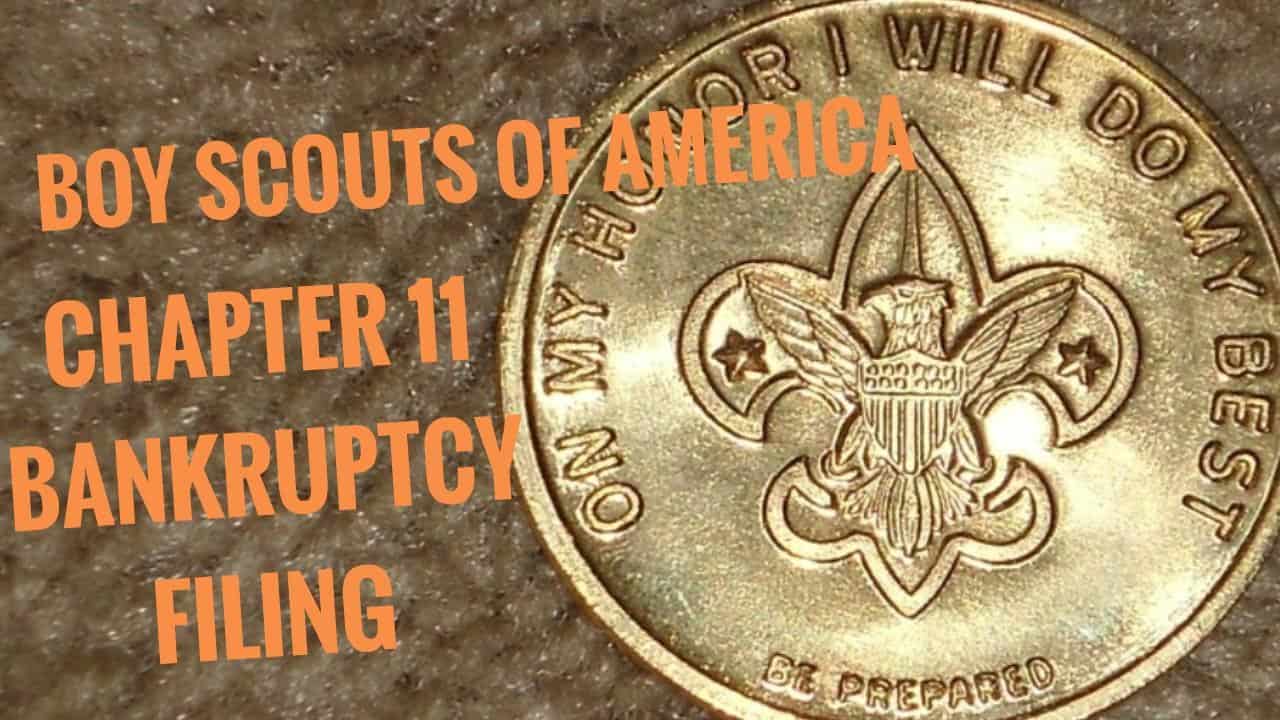
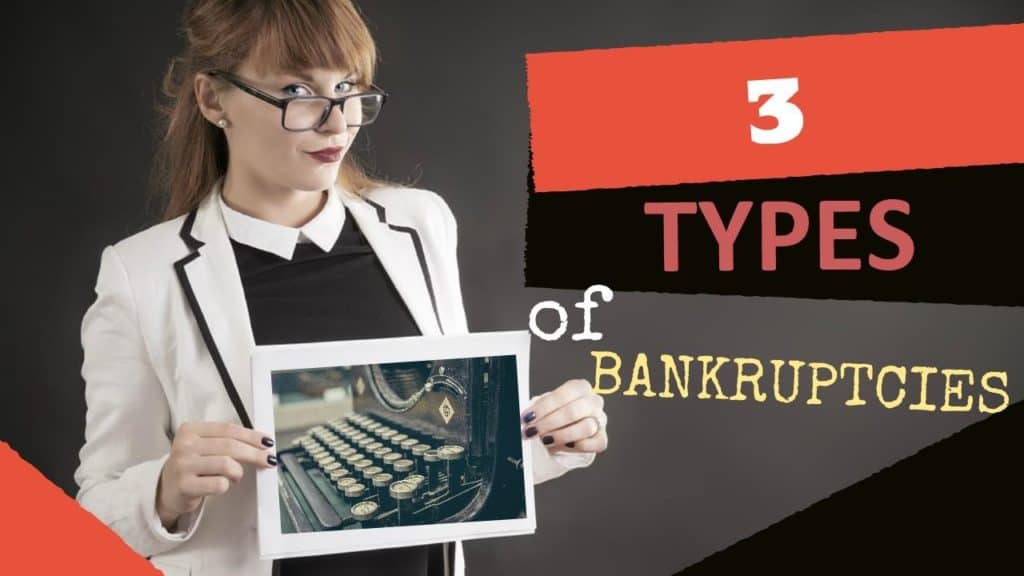
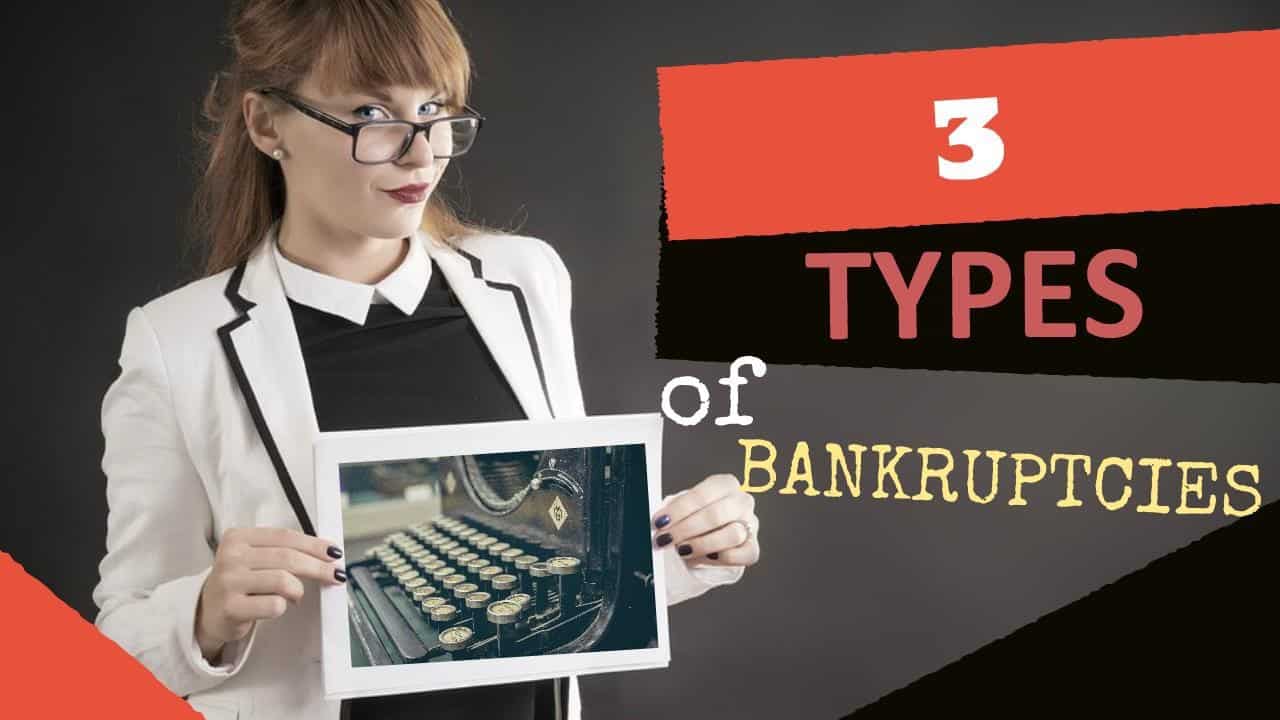
 Introduction
Introduction
 Introduction
Introduction